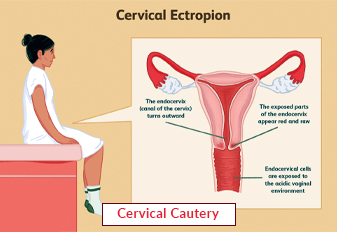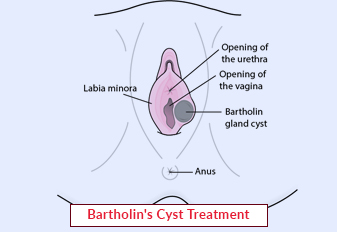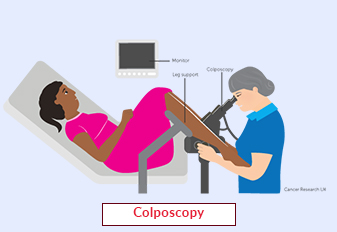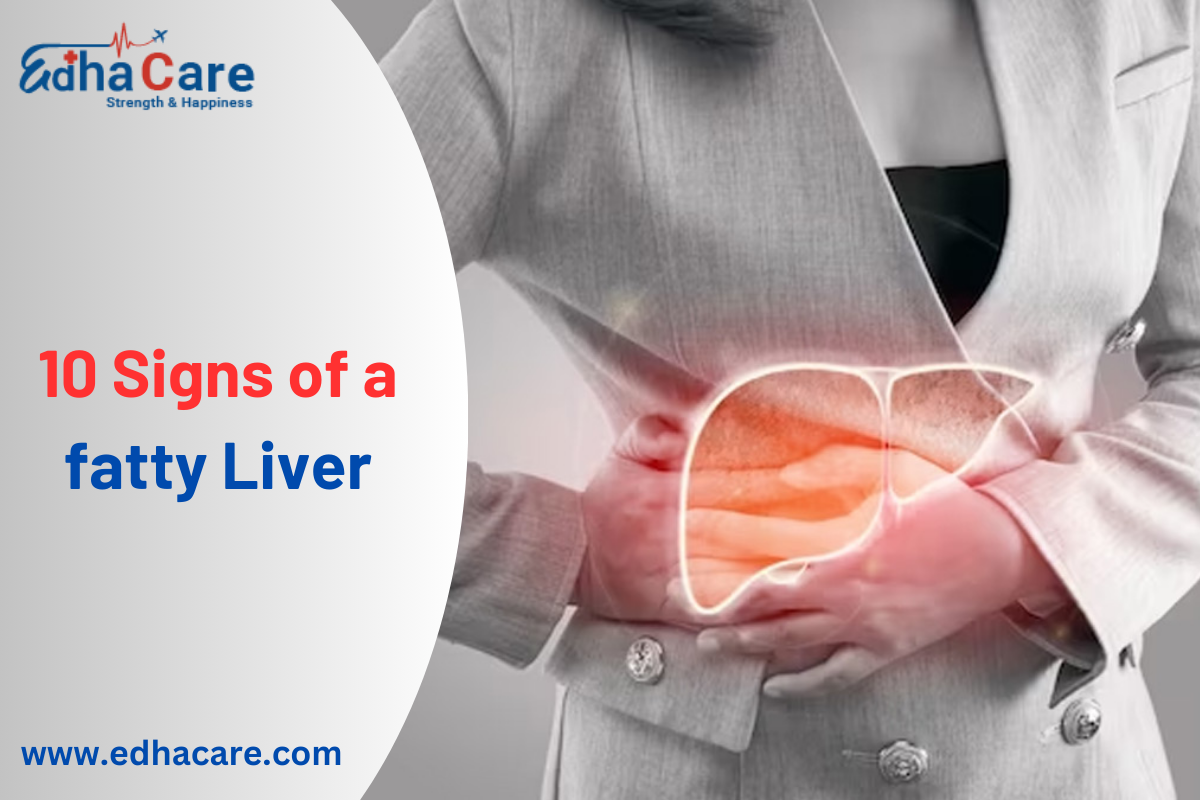Cervical Cautery

Cervical cautery, also known as cervical diathermy or cervical ablation, is a medical procedure used to treat certain cervical abnormalities. It involves the application of heat or electrical energy to the cervix to remove or destroy abnormal tissue. Cervical cautery is often performed as part of the management of precancerous or cancerous conditions of the cervix. In this article, we will explore the concept of cervical cautery, its significance in women's health, and the procedure involved in this treatment modality.
Book an AppointmentAbout Cervical Cautery
Cervical cautery is primarily used to treat cervical dysplasia, which refers to the presence of abnormal cells on the cervix. Dysplasia is often detected through cervical cancer screening tests, such as Pap smears or colposcopy. Cervical cautery aims to remove or destroy the abnormal cells, reducing the risk of their progression to cervical cancer.
Procedure of Cervical Cautery
-
Preparation: Prior to the procedure, the healthcare provider will explain the details and potential risks of the procedure. They may also perform a physical examination to assess the cervix's appearance and determine the extent of the abnormality.
-
Anaesthesia: Depending on the specific case, local or general anaesthesia may be administered. Local anaesthesia involves numbing the cervix, while general anaesthesia ensures the patient remains asleep during the procedure.
-
Cervical Cautery: The healthcare provider uses a specialised instrument, such as a probe or loop electrode, to apply heat or electrical energy to the abnormal cervical tissue. This energy destroys or removes the targeted cells. The procedure can be performed using different techniques, including thermal cautery, cold coagulation, or laser ablation.
-
Recovery and Follow-up: After the procedure, the patient may experience mild cramping or vaginal discharge, which usually resolves within a few days. It is essential to follow the healthcare provider's post-procedure instructions, which may include refraining from sexual activity or using tampons for a specified period. A follow-up appointment will be scheduled to assess the treatment's effectiveness and monitor the patient's cervical health.
Require Assistance?
Get A Quick Callback From Our Healthcare Experts






